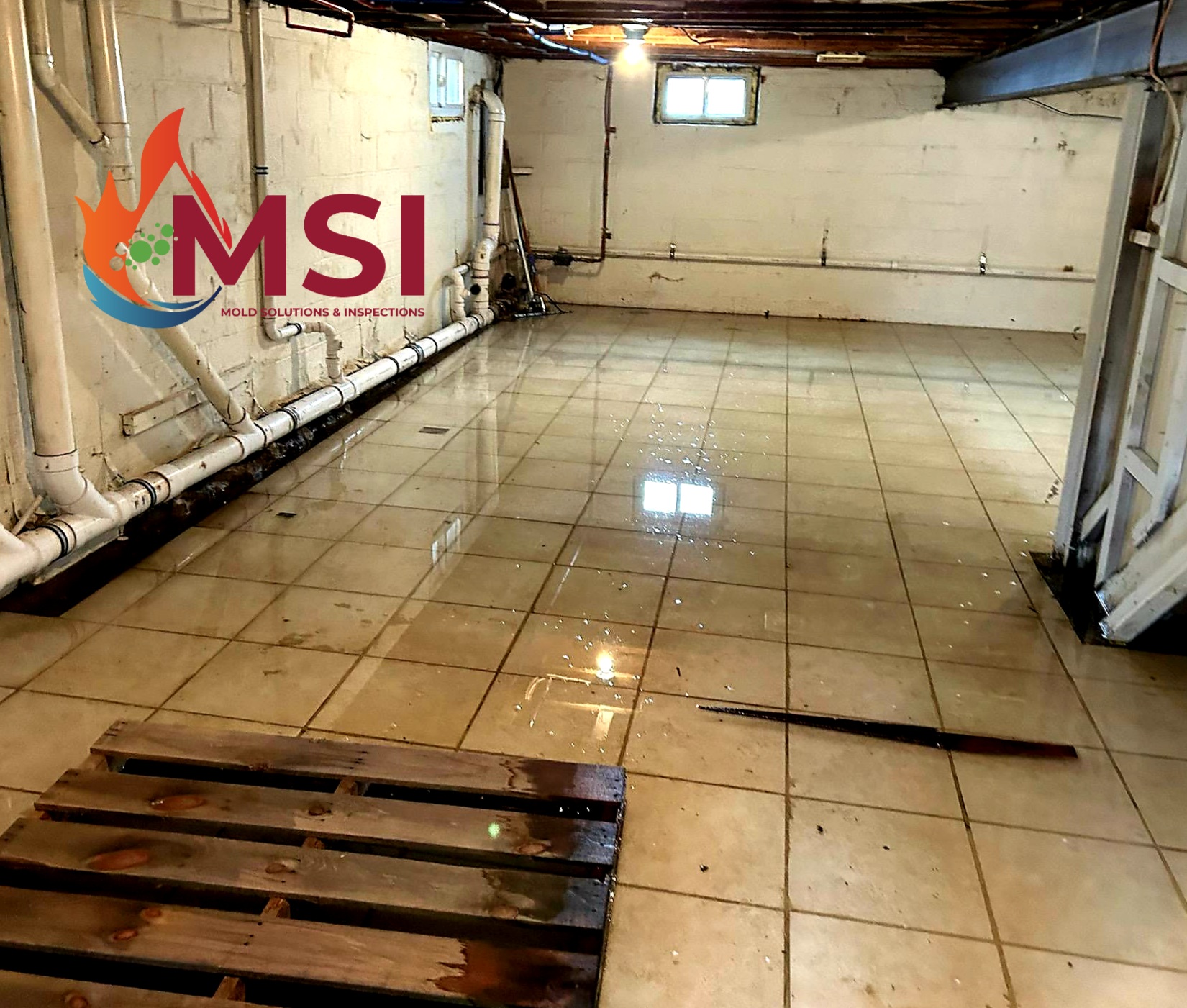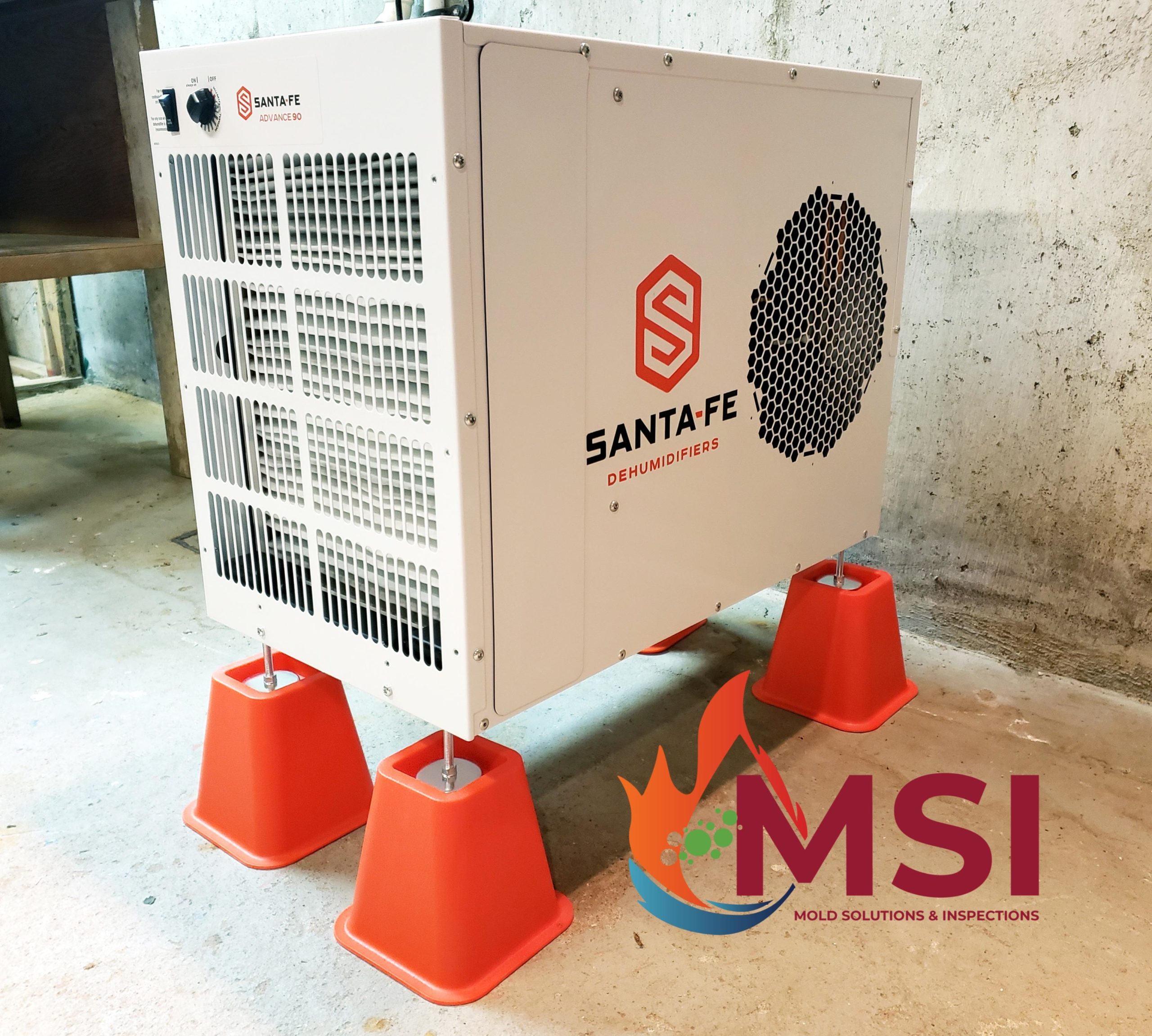If your home’s air regularly has high relative-humidity readings, check for water sources around your house. These could include leaking air conditioners and plumbing lines, or damaged roofs. Also look for clogged gutters and foundation drains. In addition, too much shady foliage planted near the house can contribute to problems.
Of course, poor ventilation can easily result in high indoor humidity levels. Therefore, it’s a good idea for rooms in your home that commonly generate large amounts of water vapor to be properly vented to the outdoors, so the water vapor can’t build up indoors. Ideally, a range hood over your kitchen stovetop, an exhaust fan in your laundry room, and exhaust fans in your bathrooms, should be installed and used regularly. All such fans must be vented to the outdoors to be effective.
Bathroom fans can have a simple, manually operated on/off wall-mounted switch, a manually set crank timer, or they can be controlled by a dehumidistat. A dehumidistat is simply a device that monitors relative-humidity levels. It can be used to automatically turn on an exhaust fan when a certain relative humidity is sensed. For example, a dehumidistat could turn on a bathroom exhaust fan when the relative humidity rises after a shower. You’ll also want to make sure that your clothes dryer is vented to the outdoors.
You can also lower the relative humidity by using air conditioners and dehumidifiers. Both pull water vapor out of the air and condense it into liquid water. Air conditioners and dehumidifiers are available from many local department and appliance store.
Note that dehumidifiers can be emptied either automatically into a house drain, or manually. If you decide upon a dehumidifier, it’s important to clean it regularly to prevent mold growth. This is especially necessary with models that must be emptied manually inasmuch as they can contain standing water for some time. In the winter, closets can have a higher relative humidity than other rooms in a house, so they can also be places where mold can grow.








